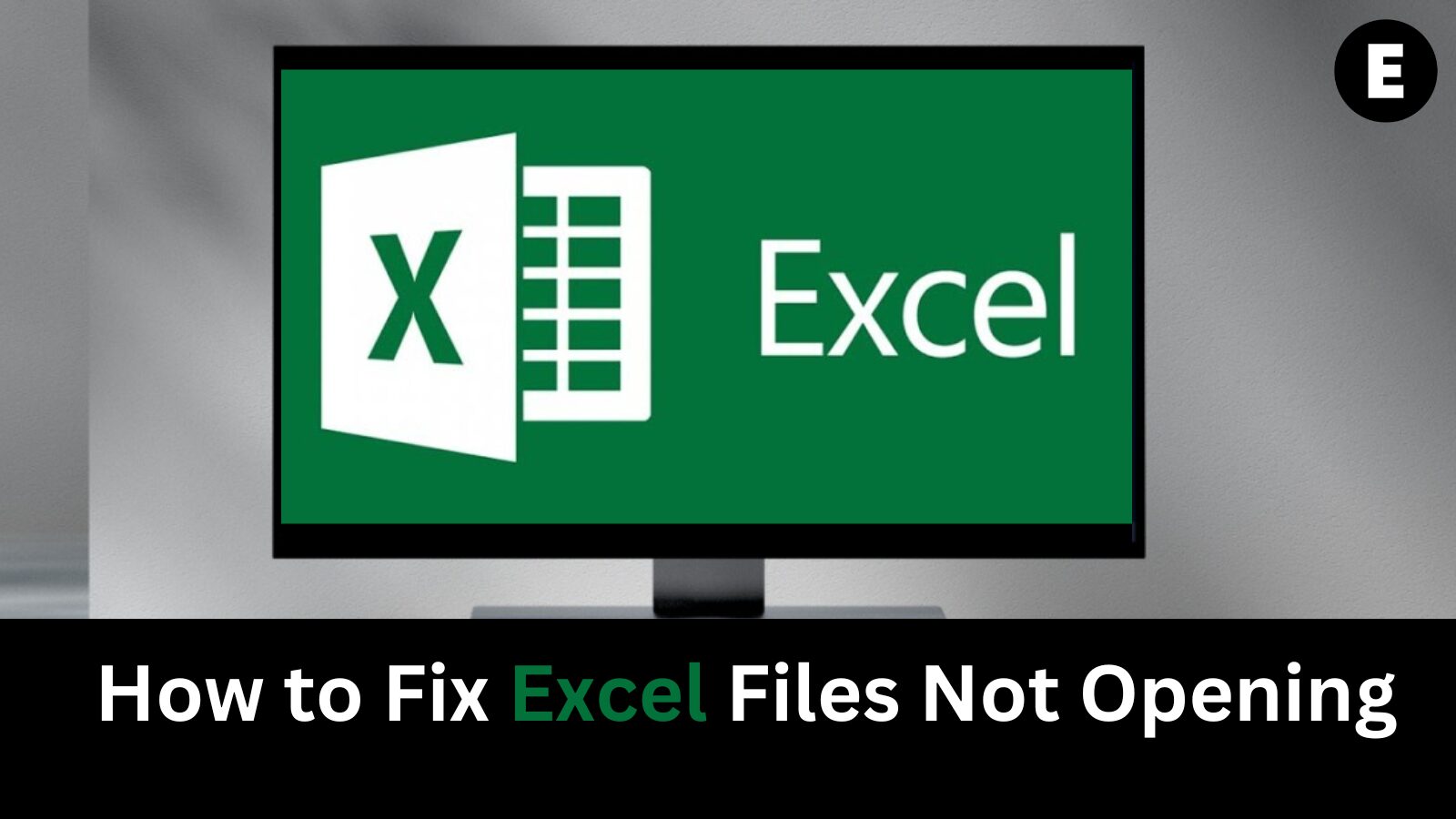Is Microsoft Excel refusing to open? This common issue can be incredibly frustrating, especially when you’re pressed for time or facing an important deadline. Fortunately, you’re not alone, and we’re here to help. In this article, we’ll walk you through the main reasons why Excel may fail to open and provide you with effective solutions to get your application or files up and running again. Whether you’re unable to open a specific Excel file or the application itself, we’ve compiled expert tips and troubleshooting steps to resolve the “Excel won’t open” problem quickly and efficiently. Stay ahead of the curve and ensure that your Excel experience is smooth and uninterrupted, no matter the cause of the issue. Let’s dive in and fix this together!
Possible Reasons Why Microsoft Excel Won’t Open
If you’re experiencing issues with Microsoft Excel not opening, several factors could be at play. Understanding the root causes can help you quickly resolve the problem. Here are some potential reasons:
- Problematic Add-ins: If Excel fails to open a specific file or even the application itself, the issue might lie with a problematic add-in. Disabling or removing the faulty add-in can often resolve the issue and restore your ability to open files smoothly.
- Corrupt Excel Application: A damaged or corrupt Excel application may prevent it from launching properly. To fix this, use the built-in repair feature in Microsoft Office or reinstall Excel entirely to address any corruption and restore functionality.
- Communication Issues: Sometimes, Excel encounters communication problems with other applications or your operating system. Ensuring the necessary settings are enabled can help restore communication and allow you to open and use files without issues.
- Broken File Associations: If double-clicking an Excel file doesn’t open it, the file association may be broken. Resetting the file associations will ensure that Excel is correctly set as the default program for opening .xlsx files, allowing you to open them with ease.
- Corrupt File: If the specific file you’re trying to open is corrupted, it could have been damaged during sharing, transfer, or improper saving. While there is no simple fix for a corrupt file, regularly creating backups can help prevent data loss and reduce the impact of such issues.
By identifying these common causes, you can take the necessary steps to troubleshoot and resolve the issue, getting Microsoft Excel back up and running quickly.
How to Fix Excel Files Not Opening
If you’re struggling with Excel files that won’t open, there are several troubleshooting steps you can try to resolve the issue. Below, we’ve listed methods in order of their effectiveness to help you get back to work quickly:
1. Uncheck “Ignore DDE” Setting
A common fix for Excel files not opening is to disable the “Ignore other applications that use Dynamic Data Exchange (DDE)” setting. DDE is responsible for how Excel interacts with other applications, and having this setting enabled can cause Excel to fail when opening files. Follow these steps to check and disable this setting:
- Step 1: Open Excel from the Start menu.
- Step 2: Click on the File tab and select Options.
- Step 3: In the Excel Options dialog box, choose the Advanced option from the left pane.
- Step 4: Scroll down to the General section.
- Step 5: Ensure the checkbox for “Ignore other applications that use Dynamic Data Exchange (DDE)” is unchecked.

- Step 6: Click OK to save your changes and close the dialog box.
This simple adjustment can often resolve the issue of Excel not opening, so give it a try before moving on to more complex solutions.
2. Disabling Add-ins
Disabling add-ins in Excel is another effective method for resolving issues where Excel files won’t open. Third-party add-ins, while useful, can sometimes interfere with Excel’s performance, causing problems when trying to open files. Follow these steps to disable add-ins and see if they are the source of your issue:
- Open Excel: Start by opening Excel from the Start menu.
- Go to Options: Click on the File tab and then select Options.
- Access Add-ins Settings: In the Excel Options dialog box, select Add-ins from the left pane.
- Manage COM Add-ins: At the bottom of the Add-ins page, next to “Manage,” select COM Add-ins and click Go.
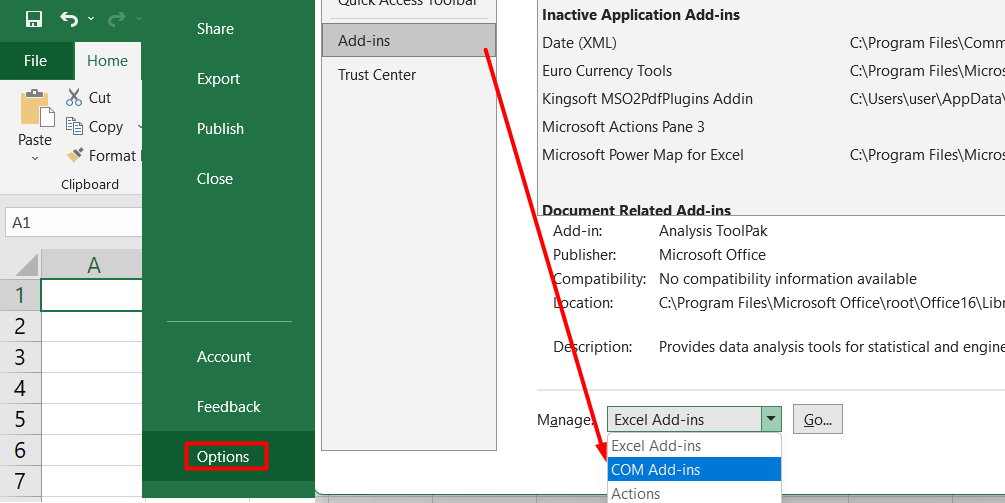
- Disable Add-ins: In the COM Add-ins dialog box, uncheck all the add-ins listed and click OK.
- Test Opening a File: Try opening an Excel file that previously wouldn’t open. If the add-ins were causing the problem, the file should now open successfully.
If the file opens, you’ve likely resolved the issue. If you want to pinpoint which add-in was causing the problem, you can re-enable the add-ins one by one. If enabling an add-in again causes the issue to return, that specific add-in is likely corrupted and should be permanently disabled.
3. Repairing Microsoft Office
If Excel files are still not opening, the issue may lie with a corrupt Microsoft Office installation. Repairing Office is a quick and easy way to address this issue without having to fully reinstall the program. Here’s how to repair Microsoft Office:
- Open the Run Dialog: Press Windows key + R to open the ‘Run’ dialog box.
- Access Programs and Features: Type appwiz.cpl into the box and hit Enter. This will open the Programs and Features window.
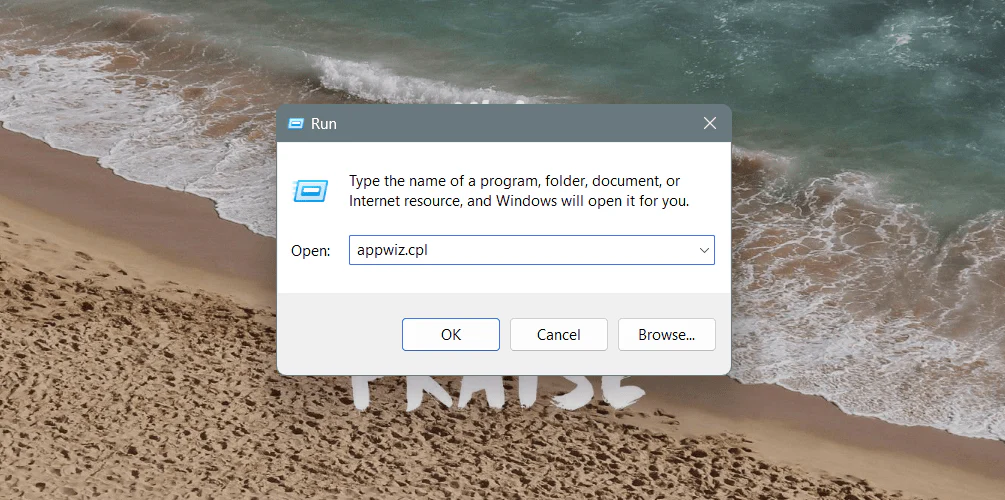
- Locate Microsoft Office: In the list of installed programs, find Microsoft Office.
- Initiate Repair: Right-click on Microsoft Office and select Change (or Repair, depending on your version).
- Select Quick Repair: In the dialog box that appears, choose the Quick Repair option.
- Start the Repair Process: Click Repair and follow the on-screen instructions. The repair process may take a few minutes to complete.
Once the repair is finished, try opening your Excel files again. If the issue was caused by a corrupt Office installation, the problem should now be resolved. If the issue persists, a full reinstallation of Office may be necessary.
4. Resetting File Associations
If your Excel files are not opening correctly, it may be due to mismatched file associations, which means the system is not recognizing Excel as the default program to open Excel files. Resetting file associations can help resolve this issue. Here’s how to reset them:
- Open Control Panel: Go to the Control Panel on your system.
- Navigate to Default Programs: Click on Programs, then select Default Programs.
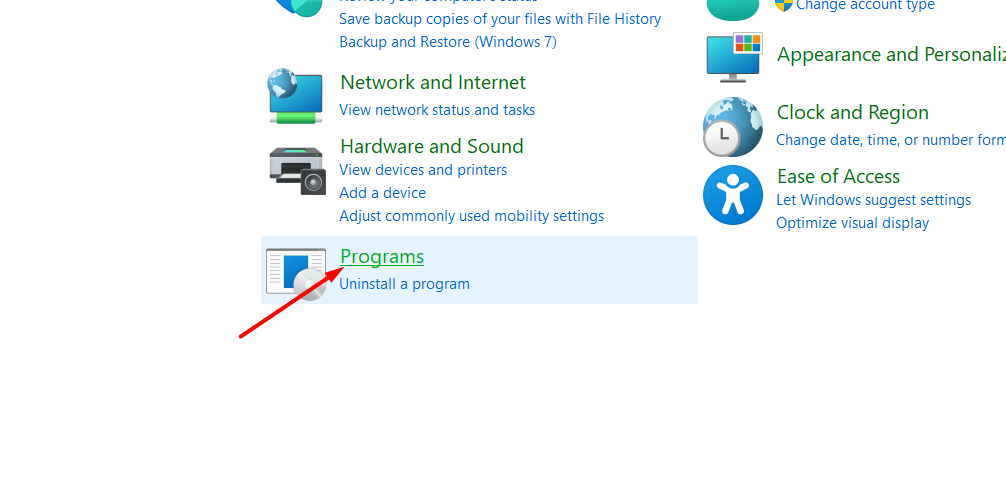
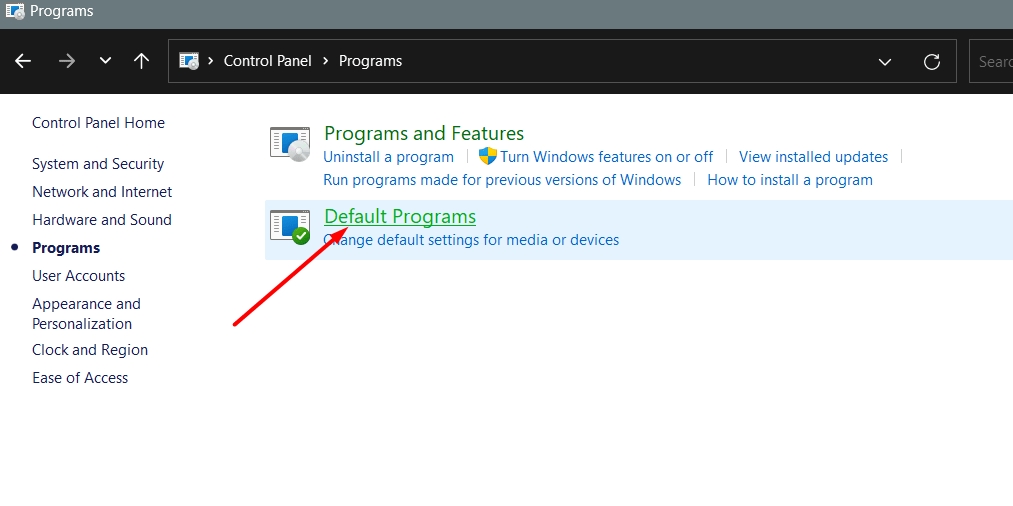
- Access Default Program Settings: Click on Set your default programs.
- Reset to Microsoft Defaults: In the Default apps window, scroll down and click on Reset to the Microsoft recommended defaults.
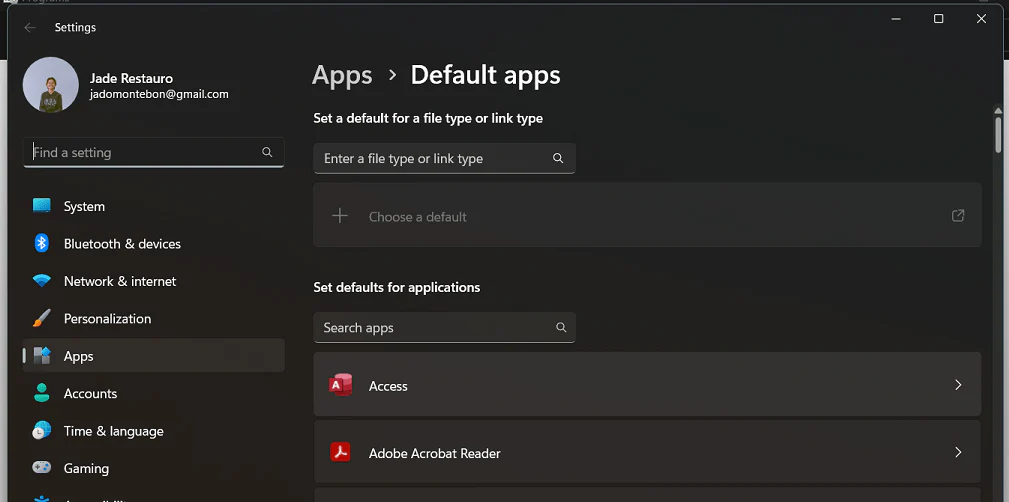
This action will reset the default settings for all applications on your system. If you want to only reset the defaults for Excel files, you can choose “Choose default applications by file type” instead and manually set Excel as the default program for .xlsx, .xls, and other related file types.
After resetting the file associations, try opening your Excel files again. If the issue was due to mismatched associations, this should resolve the problem.
5. Disabling Hardware Graphics Acceleration
If you’re still facing issues with Excel files not opening or experiencing crashes, disabling hardware graphics acceleration may help resolve the problem. Although this feature is designed to enhance performance, it can sometimes cause compatibility issues. If other solutions haven’t worked, try the following steps to disable hardware graphics acceleration:
- Open Excel: Start by opening the Excel application.
- Access Excel Options: Click on the File tab, then select Options.
- Navigate to the Advanced Tab: In the Excel Options dialog box, go to the Advanced tab.
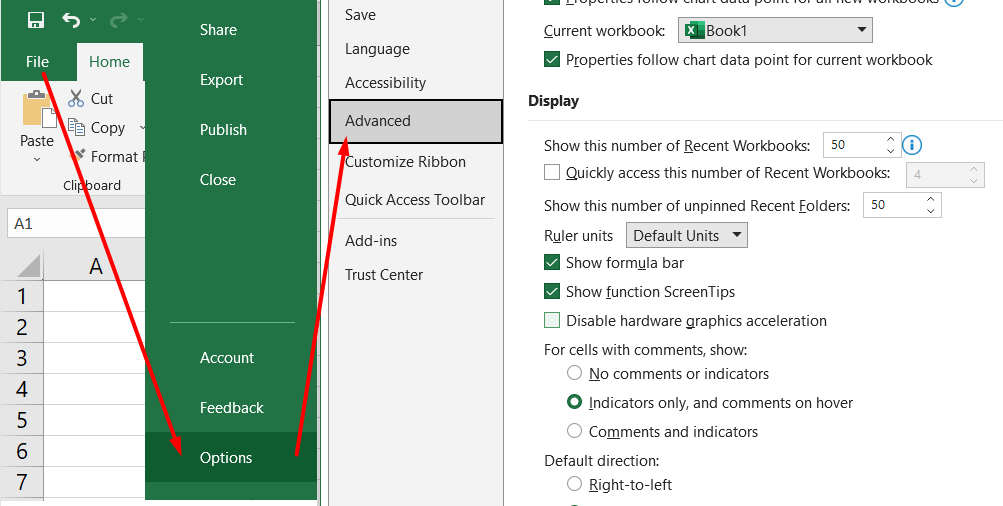
- Disable Hardware Graphics Acceleration: Scroll down to the Display section and uncheck the box next to “Disable hardware graphics acceleration.”
- Save Changes: Click OK to save your changes.
Disabling hardware graphics acceleration can often help resolve issues related to performance or compatibility, allowing Excel files to open without crashing. If this doesn’t solve the issue, you may need to explore other troubleshooting methods.
Conclusion
Dealing with Excel files that won’t open can be frustrating, but by following the troubleshooting steps outlined in this guide, you can resolve the issue efficiently. Whether it’s disabling problematic add-ins, repairing your Office installation, resetting file associations, or disabling hardware graphics acceleration, these methods address common causes of Excel failures. By systematically working through these solutions, you’ll be able to restore the functionality of Excel and get back to your work in no time. Remember to regularly back up your files to avoid potential data loss and ensure smooth performance. If the problem persists, a more thorough repair or reinstall may be needed, but these steps should fix most common issues.
One more thing
If you’re in search of a software company that embodies integrity and upholds honest business practices, your quest ends here at Ecomkeys.com. As a Microsoft Certified Partner, we prioritize the trust and satisfaction of our customers. Our commitment to delivering reliable software products is unwavering, and our dedication to your experience extends far beyond the point of sale. At Ecomkeys.com, we provide a comprehensive 360-degree support system that accompanies you throughout your software journey. Your trust is our foundation, and we’re here to ensure that every interaction with us is a positive and trustworthy one.

